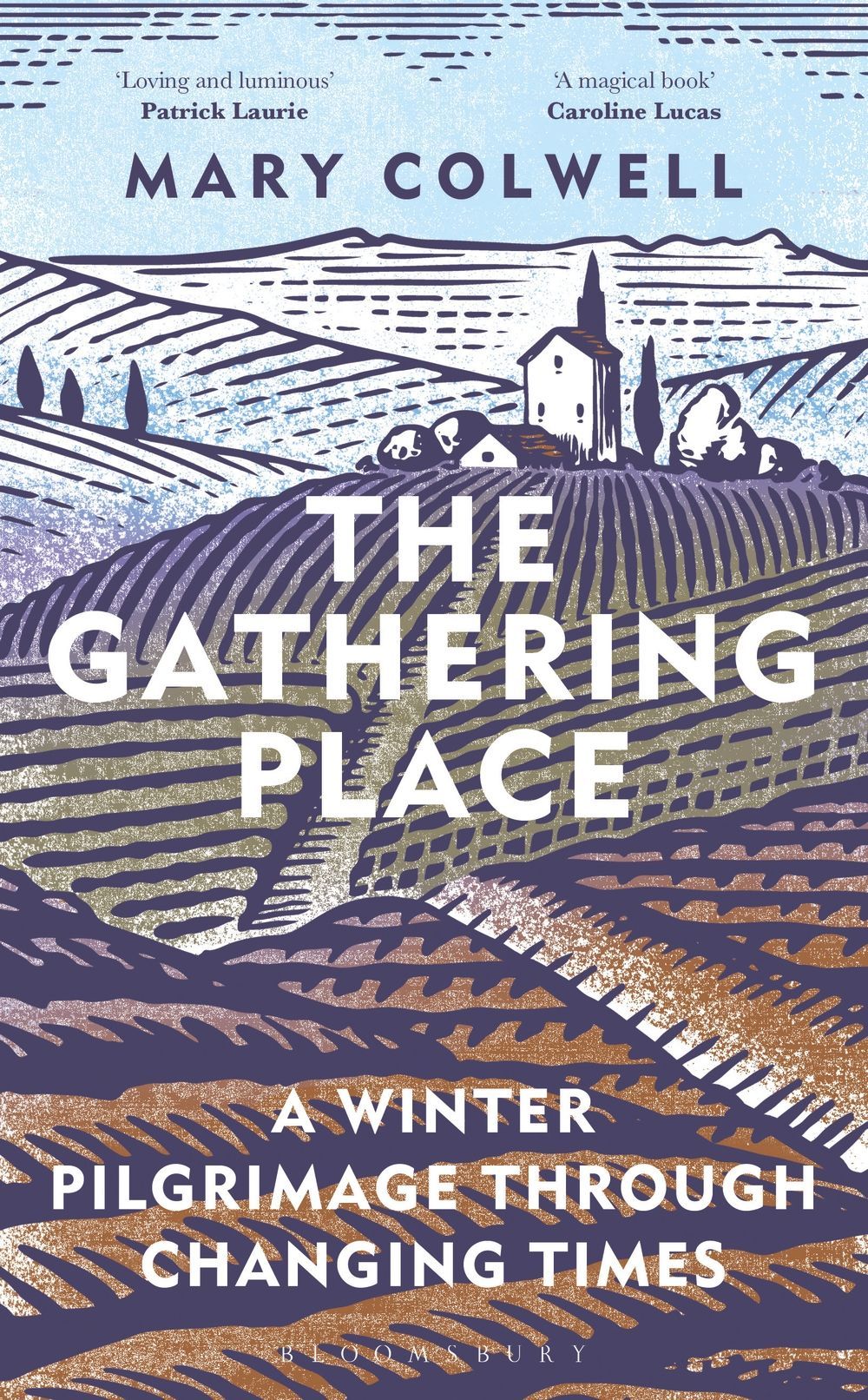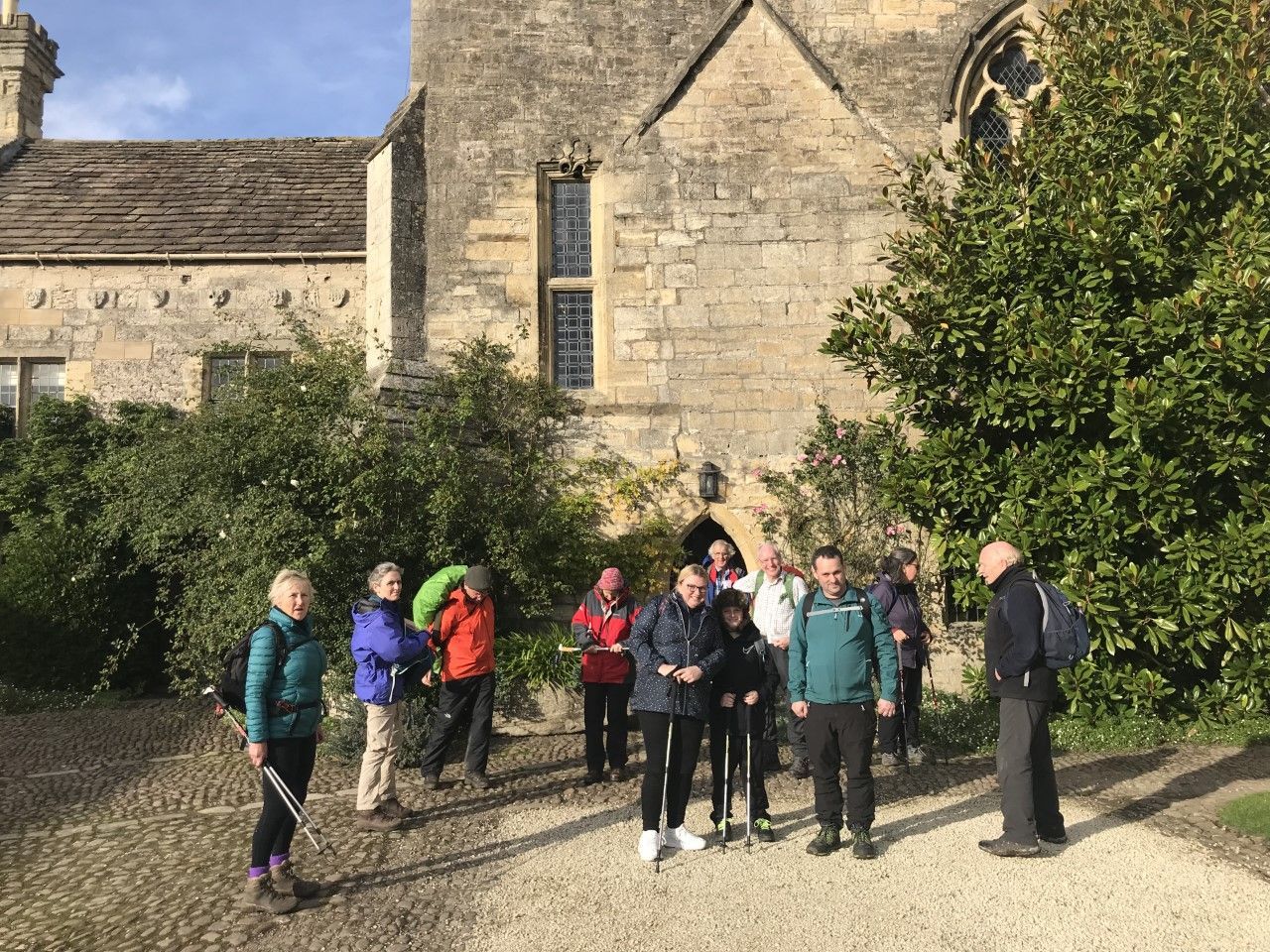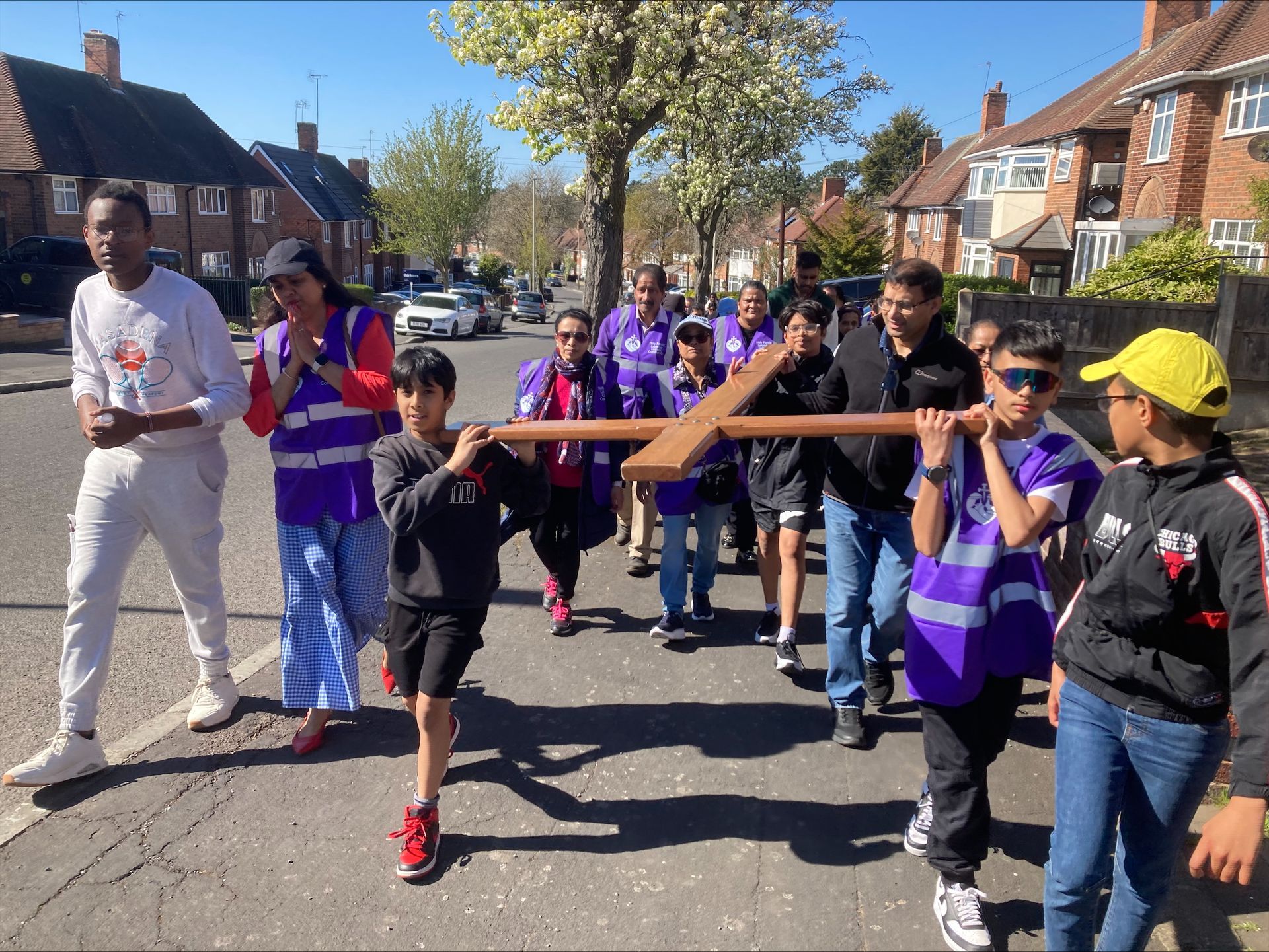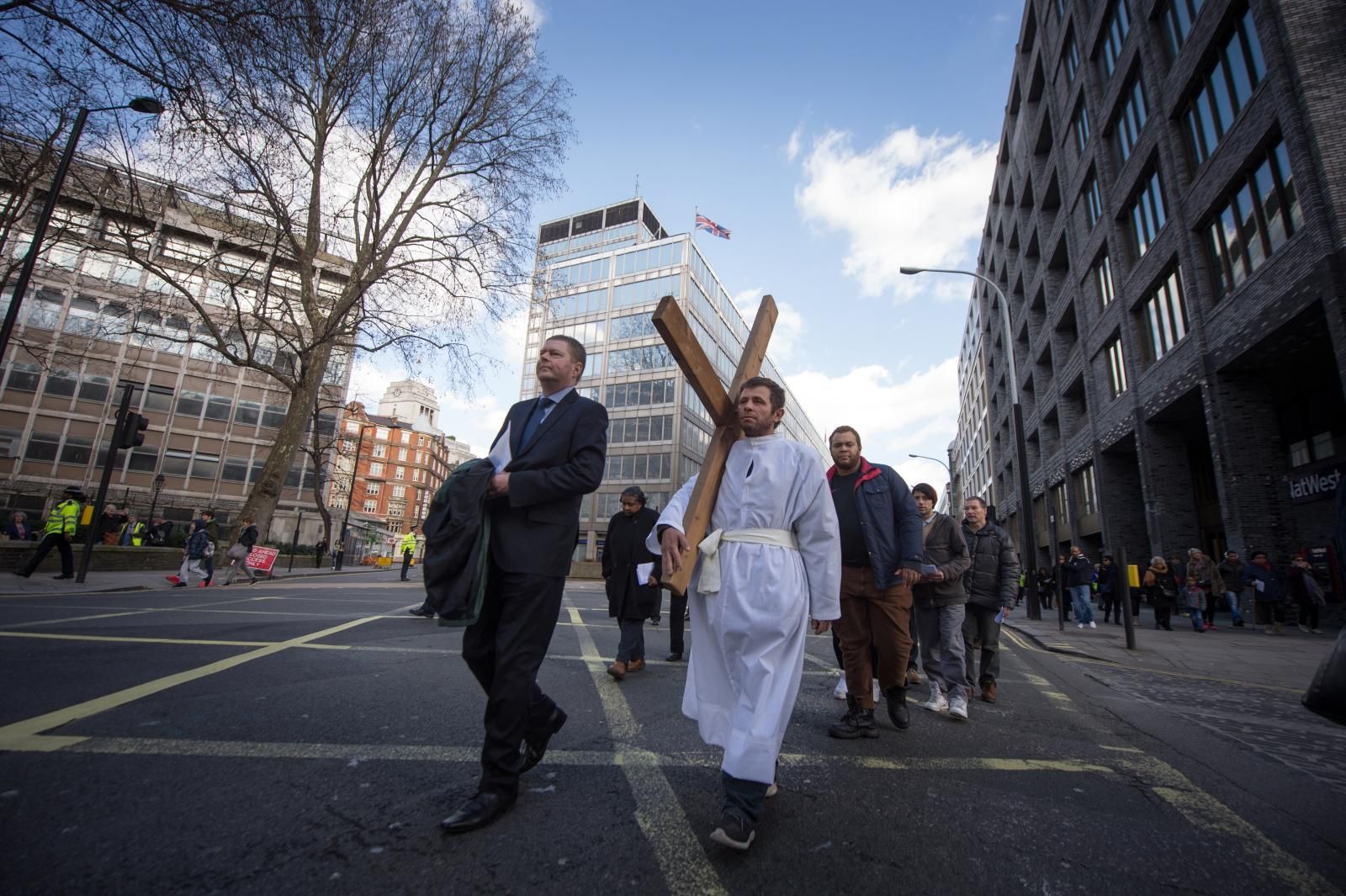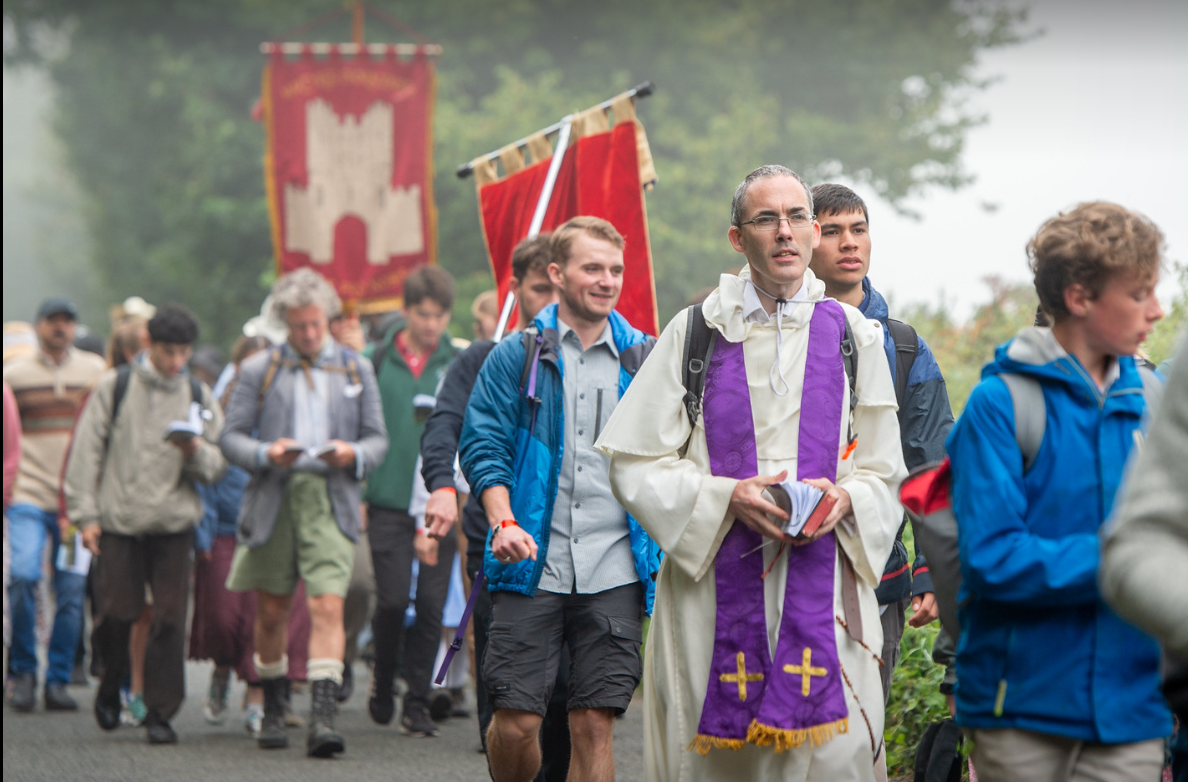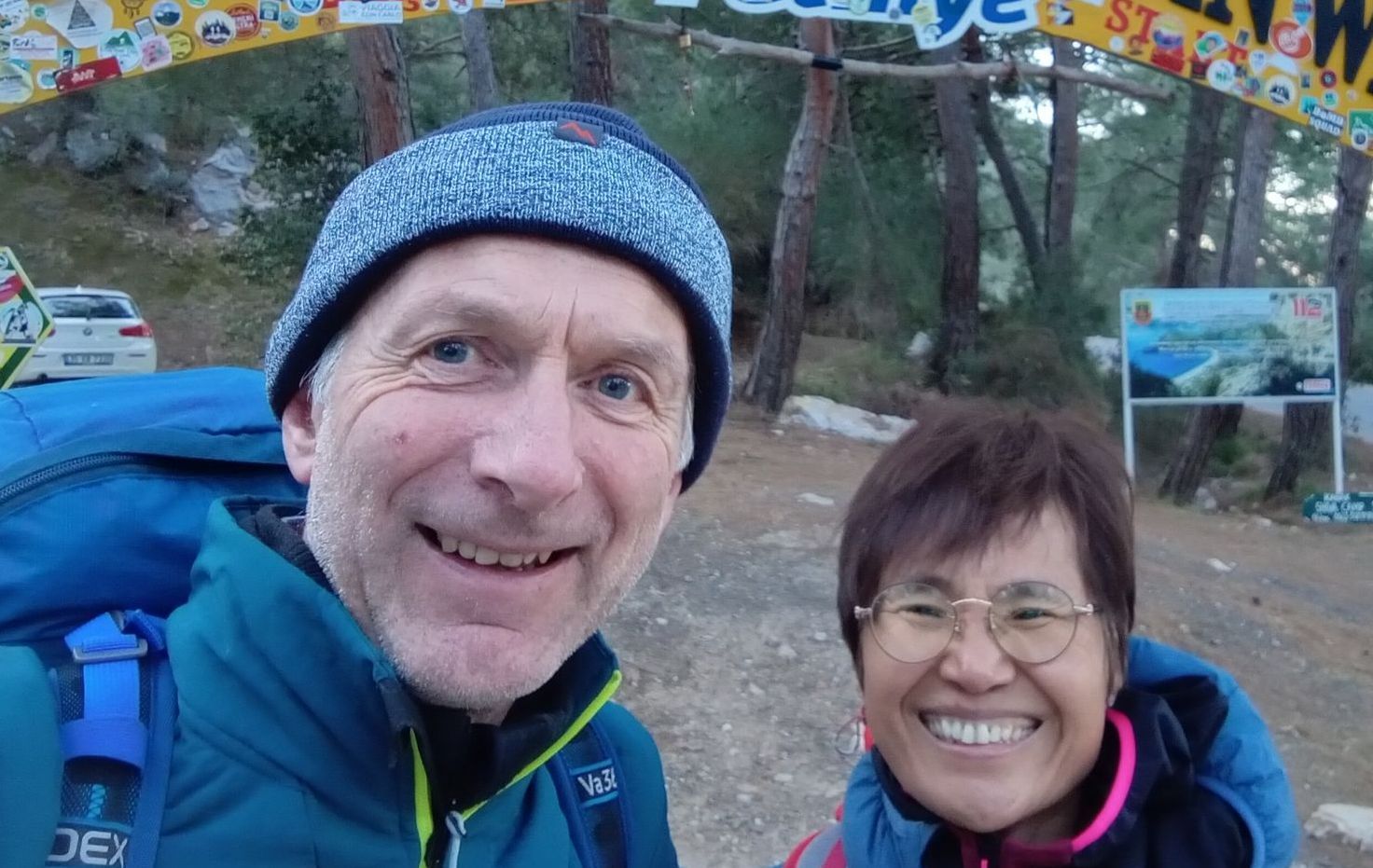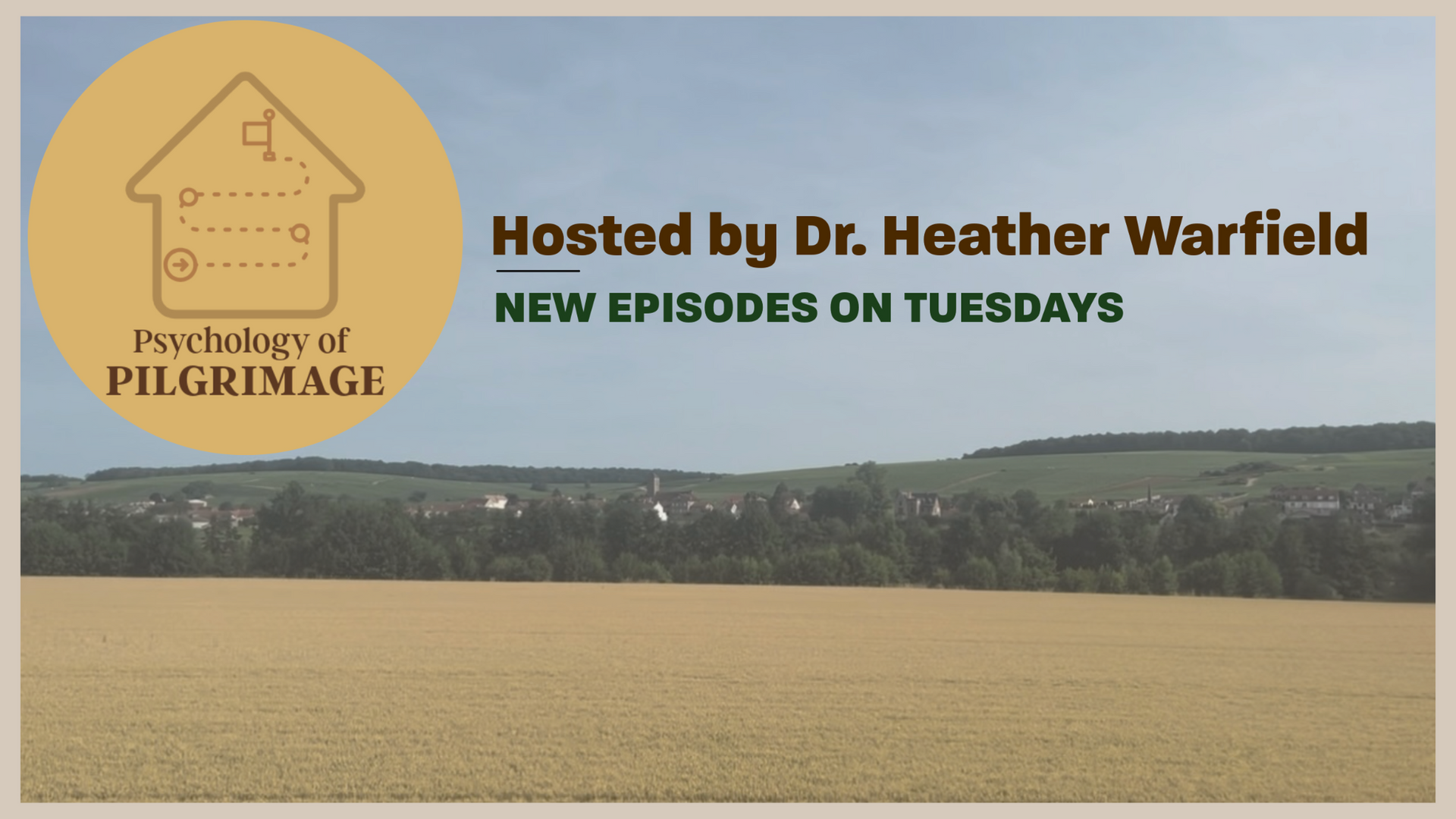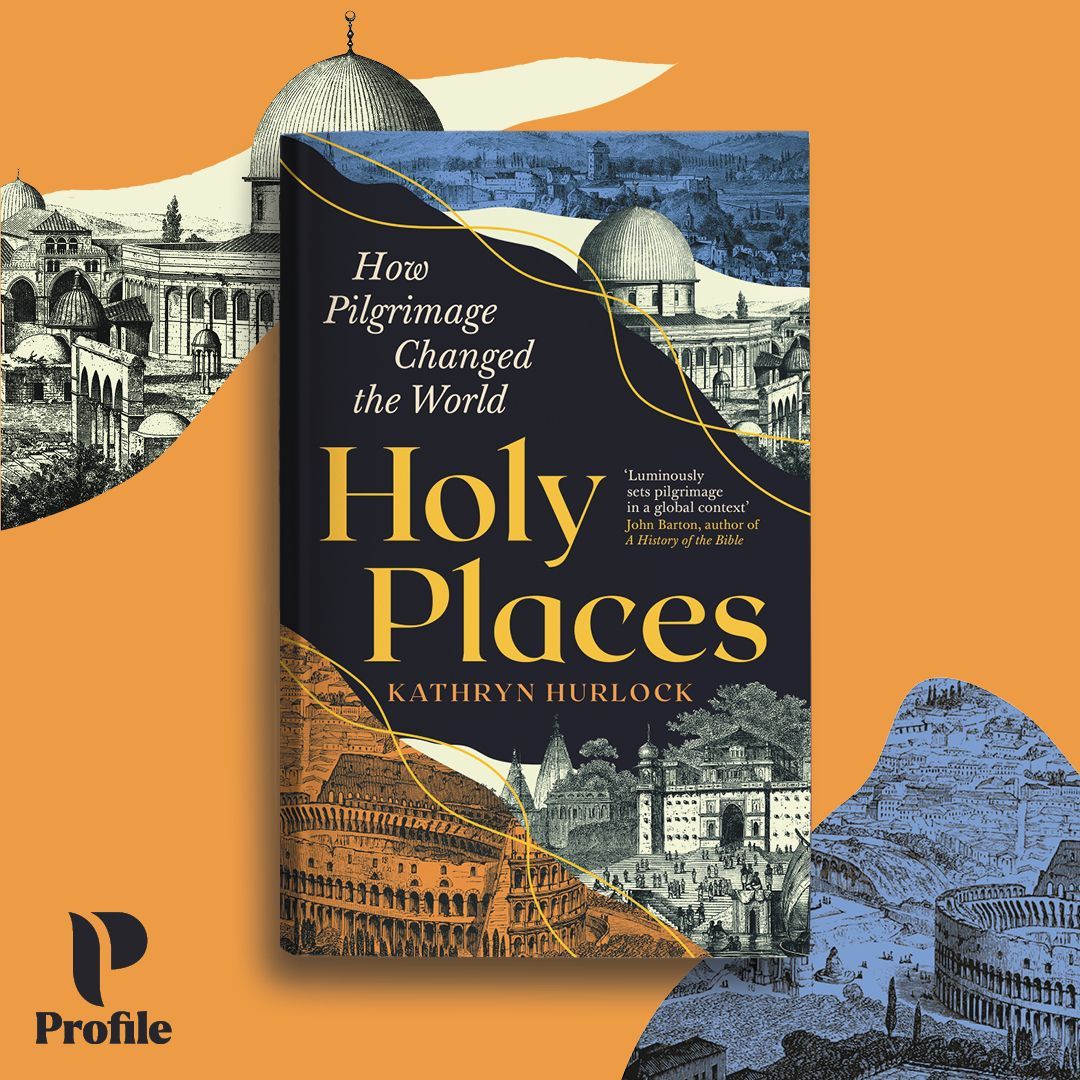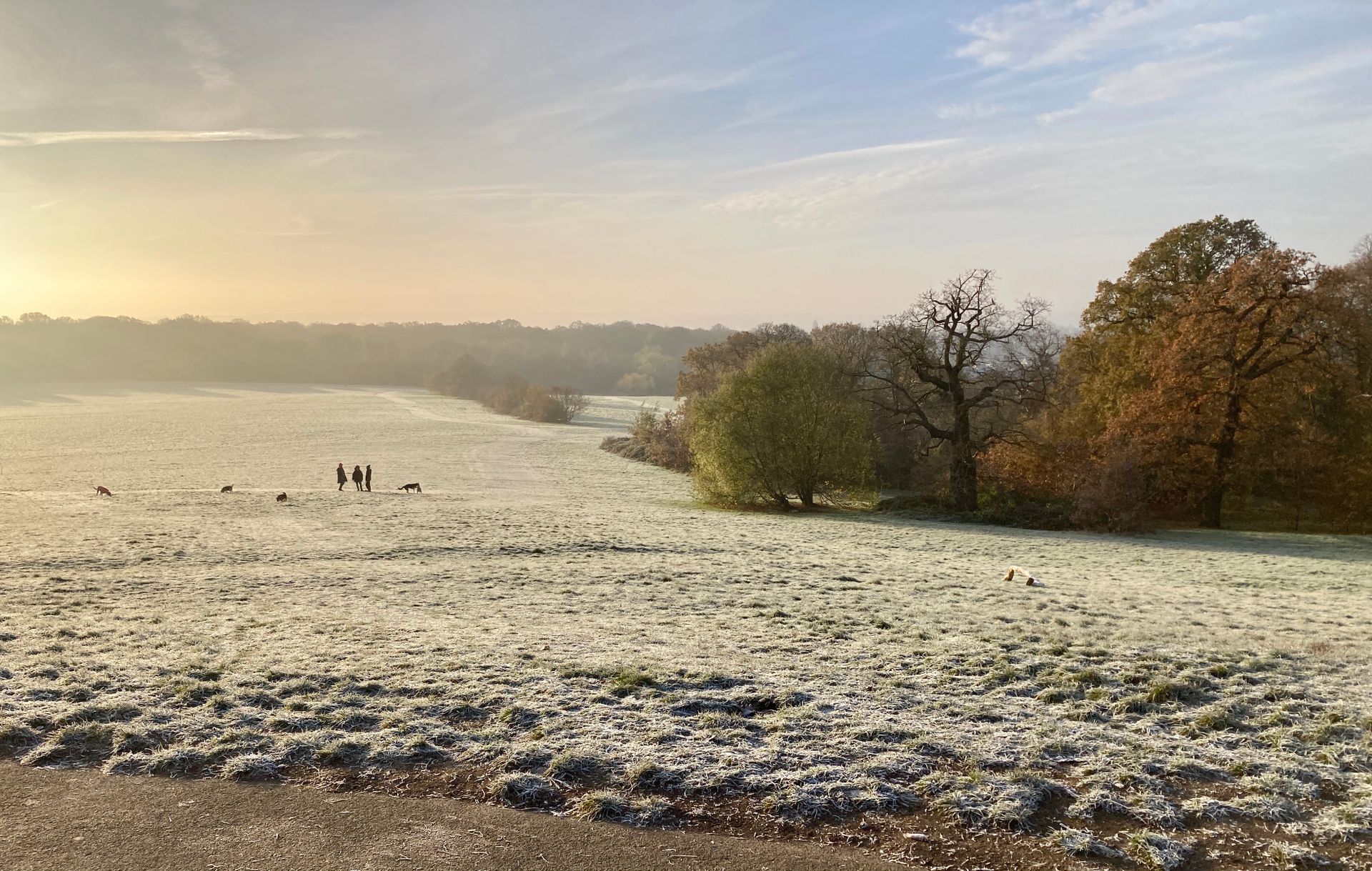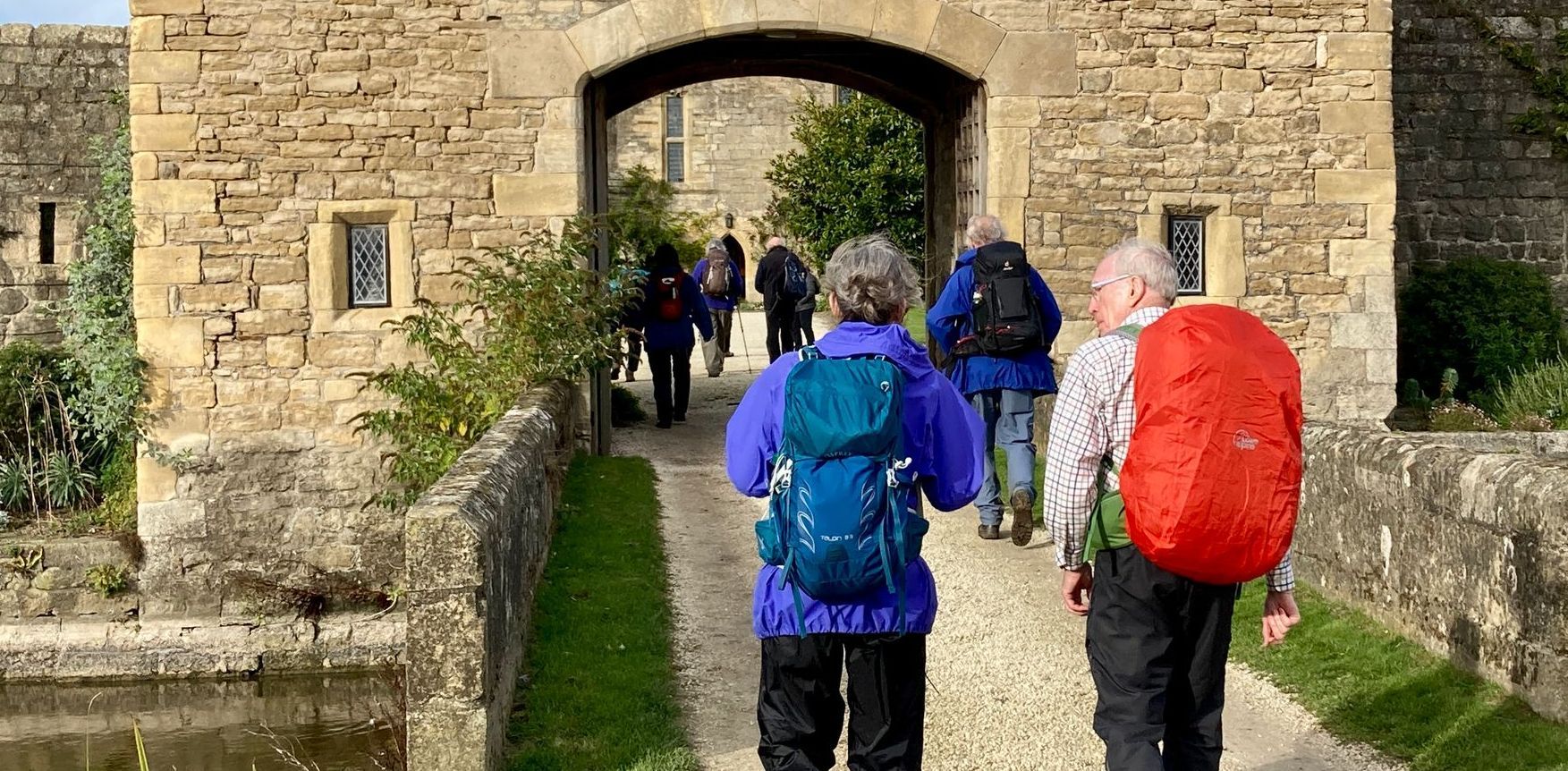The Curlew Walk: an unlikely pilgrimage
I recently saw the film (and read the book by the same name), ‘The Unlikely Pilgrimage of Harold Fry’. It tells the tale of Harold, a retired man in his 60s who receives a letter from an old friend, Queenie, who is writing to say goodbye. Queenie has terminal cancer and is in a hospice; she has very little time left. The news comes as a shock and brings to the surface a wealth of unspoken memories which we see through the acting talent of Jim Broadbent, playing Harold. While he struggles with the tsunami of private emotion, his wife remains tight-lipped. Eventually he manages to pen a reply, but it is underwhelming to say the least. Life has taught Harold to be silent about his feelings, to be invisible and respectable, and to not make a fuss - about anything. He sets off to post his two-line, boring letter, but instead of putting it in the post box at the end of the road, he keeps walking, and walking and walking. In fact, he walks all the way from Devon to Berwick-on-Tweed, around 600 miles, to the place where Queenie lies on the edge of life. He believes he can save her by walking, by his sheer will and determination he is certain she will be cured. Queenie hangs by a thread until he arrives. Harold makes the whole rain-sodden, sun-burnt, blister-filled journey in boat shoes and a shirt and tie. It is a moving film, taut with silent emotion and buried trauma.
The Unlikely 'Pilgrimage', why did the author, Rachel Joyce, choose that word? Journey would have worked, or adventure (it turned out to be an adventure), or simply walk - why choose pilgrimage? It is the right word. Harold’s walk was transformational. It was rooted in faith, and it imparted insight and wisdom beyond anything he could have imagined on that life-changing, hum-drum Tuesday morning in the suburbs, when a letter dropped onto the door mat. For those reasons and more it was a pilgrimage.
It got me thinking about my own long-distance walks, of which there are quite a few now, quite recently the Camino de Santiago, perhaps the most famous Christian pilgrimage in the world. Which were really pilgrimages and which were just exciting adventures? Pilgrimage is a word that is often used loosely, fading in meaning when describing something far more superficial. For me, it is a sacred word that has power.
I undertook my own unlikely pilgrimage in 2016, a journey of around 500 miles. It wasn’t a known route with markers and a guide book, no one had walked it before as far as I knew, the parameters were set by a declining bird called the Curlew, Europe’s largest wading bird. It was a journey that explored why they were disappearing by walking through their lifecycle, defined by their nesting and wintering grounds. I met the people who are working to save them, the places where they still sing, the empty meadows that no longer resound to their beautiful calls, and it took me to see projects that are trying to bring them back from the brink. I met scientists, birdwatchers, poets, artists, conservationists and farmers, even a priest – anyone who would talk to me about what the bird meant to them. I set off in April on the breeding grounds in meadows and moors, and ended where, come winter, thousands would gather on the coast to see out the harshest months of the year. I called it the Curlew Walk, and my book, Curlew Moon, was the result.
Applying the check list for a pilgrimage - transformational, rooted in faith and imparting insight - then it ticked all the boxes. Not in a purely religious sense of course, the only ‘religious’ figure I made a point of honouring was St Beuno, a 7th Century preacher from West Wales. Legend tells us that Beuno, who was a renowned preacher, was caught in a storm off the coast of Anglesey and dropped his book of sermons into the sea. Through the wind and rain a Curlew flew out from the shore and took it to the beach to dry. St Beuno was so grateful he blessed the Curlew and asked that its nest would always be difficult to find, thus protecting it from harm. This was a sensible move for Curlews, but bad for today’s Curlew fieldworkers trying to protect the eggs and chicks from predators and mowing machines. It is a wondrous story; for me, St Beuno is the patron saint of Curlews (although he is better known for replacing severed heads). That one holy man aside, my Curlew Walk visited no shrines or churches, it was bereft of relics and didn’t require me to perform any rituals. It did, though, transform my life. The walk was based in a firm belief that I could do something to help them, which I hope it has, and I gained more insight into the human condition than I ever thought possible.
The Curlew Walk had an intrinsic emotional arc, it started in a place imbued with hope – the sites where Curlews nest in anticipation of bringing life and music back to the meadows of Ireland, and it ended on the wintering grounds where so many return after yet another unsuccessful breeding season. The final destination was not like arriving at the square outside the cathedral in Santiago, or at a shrine dedicated to Mary, it was vast mudflat washed by the sea. Few people think of mud and sea as holy, but I certainly do. They lift the mind to wonder at the meaning of horizons, where land, sea and sky become one, and they provide food in abundance for countless thousands of creatures of liminal places. It was a fitting place to end a pilgrimage for a wading bird, at the edge of mud where we cannot venture because it is not meant to be inhabited by us. Thank goodness, because if we could I don't doubt wading birds would be in even more serious trouble. The reasons for the decline of Curlews are complex and related entirely to our treatment of the earth, as is the case for so much of wildlife. The Curlew shines an uncomfortably bright light into the soul of humanity.
At the end of the walk, as I let the sea wash over my boots, I had my own tsunami of emotions as I reflected on the inspirational people I had met and the enormity of the challenges we face of living well with nature. I was at once filled with love for a planet that still has wild things that soar and sing, and dedicated souls who care for them. But I also stood at “the edge of the abyss” as Pope John Paul II expressed it, the oblivion into which we are heading through mistreatment of the natural world. Do we have the will to pull away and reimagine who and what we are? Do I have what it takes to fight for a bird that has no economic value, that is shy and unassuming, and that is fading from view? Can I keep going despite the seemingly impossible task of halting extinction? Two lessons you learn on pilgrimage - keep walking, no matter what – keeping going, no matter what. The big questions that filled my mind each day marked the Curlew Walk as a pilgrimage, it allowed them to surface and expand until they infused every cell. Every step on the road was another laying out of my heart, and that is never comfortable. Harold Fry discovered that, too, and that pain doesn’t go away, but it does transform into fuel that propels you forward with hope, perhaps even joy. “Life is very different when you walk through it,” he concluded, I agree.
Mary Colwell's new book 'The Gathering Place, A Winter Pilgrimage Through Changing Times' was published on 13th April 2023 by Bloomsbury.
It is a the story of her 500-mile solo pilgrimage along the Camino Francés, winding through forests, mountains, farmland, industrial sprawls and places of worship, weaving her experiences of the Camino with natural history, spirituality and modern environmentalism.
